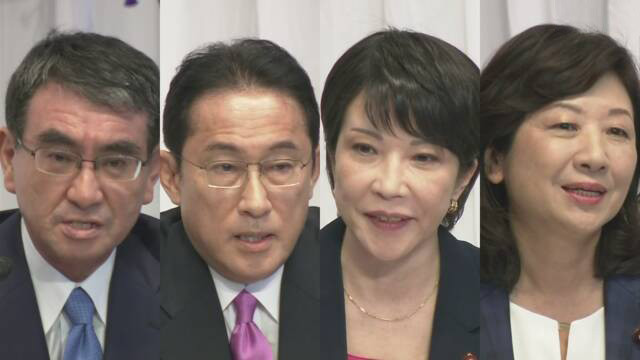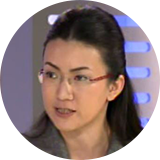Kono Taro
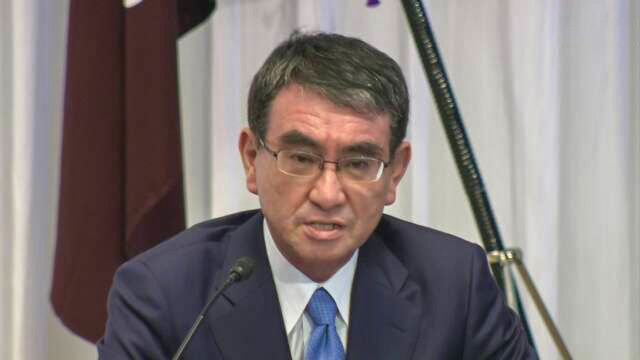
The minister in charge of Japan's coronavirus vaccine rollout has vowed to guide the country out of the pandemic and into a new future.
Kono comes from political stock, with both his father and grandfather having held prominent Cabinet roles. But neither rose to the top spot.
An eight-term Lower House lawmaker with experience as the foreign and defense ministers, Kono also holds the regulatory reform portfolio, with Suga assigning him the task of bringing the government's administrative procedures firmly into the digital era.
He appears to be channeling that same focus on reform into his campaign. His economic platform features policies aimed at supporting technological innovation, including efforts at carbon neutrality and 5G networks.
Kono's candidacy is helped by his considerable online presence, which far outstrips those of his rivals. He has more than 2.4 million followers on Twitter, with another 50,000 on his English account.
Kono's handling of Japan's coronavirus vaccine rollout has not been without issues. But after a slow start, the program has quickly come up to speed. Japan recently caught up with the United States in terms of percentage of population vaccinated.
Kishida Fumio
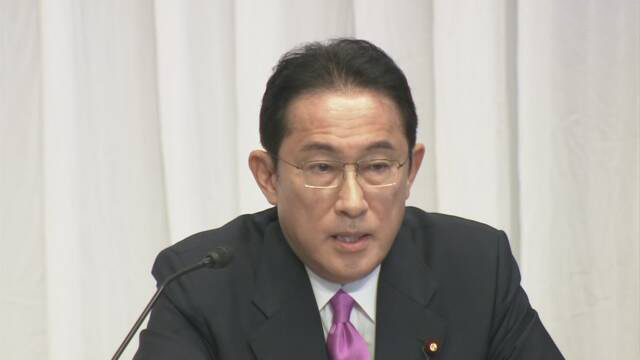
Kishida was the first candidate to publicly declare his intention to run.
He is a third-generation lawmaker and served as foreign minister for over 4 straight years—a record in post-war Japan.
During this stint, he welcomed then US President Barack Obama to his home constituency of Hiroshima, the site of the world's first atomic bombing.
Kishida went on to assume the position of LDP policy chief, one of the top executive posts in the party.
Kishida is campaigning on a platform that focuses on rebuilding the economy and medical system, which have both been hit hard by the pandemic.
He has vowed to set up temporary COVID-19 hospitals throughout the country so no one has to wait for treatment. He is also planning a 10-trillion-yen, or 90-billion-dollar, fund to stimulate growth in the science and technology sectors.
Takaichi Sanae

Takaichi entered the Diet nearly 30 years ago and rose to national prominence when she was appointed to Abe Shinzo's first Cabinet in 2006.
During Abe's second stint as Prime Minister, she became the country's longest-serving internal affairs minister. Abe is backing his longtime ally in this election and his support could hold sway at the ballot box.
If elected, Takaichi promises to implement an economic plan dubbed "Sanaenomics," which would aim to revitalize the economy through monetary easing and investment.
Like Abe, she wants to change Japan's post-war Constitution.
Noda Seiko
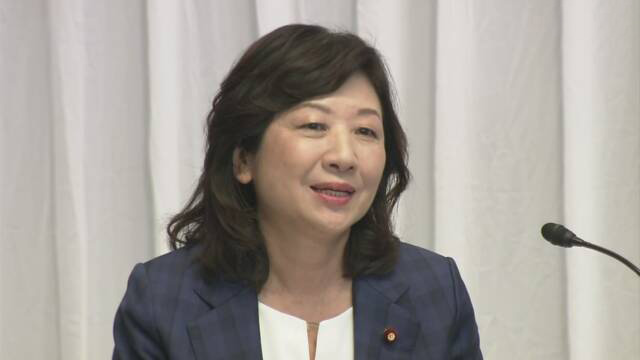
The former internal affairs minister is now the LDP's Executive Acting Secretary-General.
Noda was first elected to the Diet in 1993 and since then has been a passionate advocate for female empowerment and social equality. She has been pushing for legal changes to allow women in Japan to keep their last names after marriage.
In 1998, she was named Minister of Posts and Telecommunications at the age of 37, making her the youngest post-war Cabinet appointee at the time.
She has since held several other Cabinet positions but a lack of connections to influential LDP factions has meant her path to the party presidency has always been a difficult one.
Noda had three previous tilts at the presidency. This is the first time she has been able to get the necessary 20 endorsements and launch a leadership campaign.
If either Noda or Takaichi is elected, they would become Japan's first female prime minister.
On the Monday following the election, October 4, a Diet session will be convened so lawmakers can choose the successor to Prime Minister Suga.
